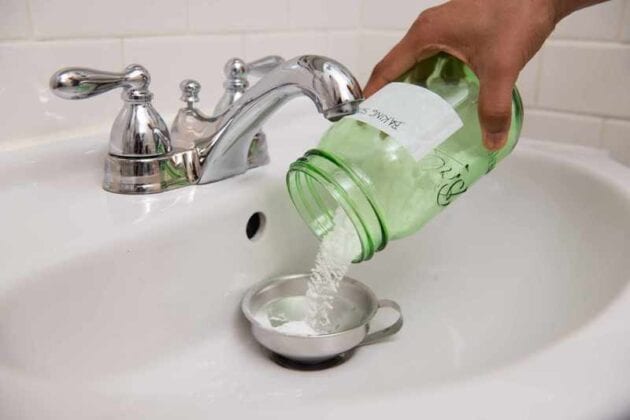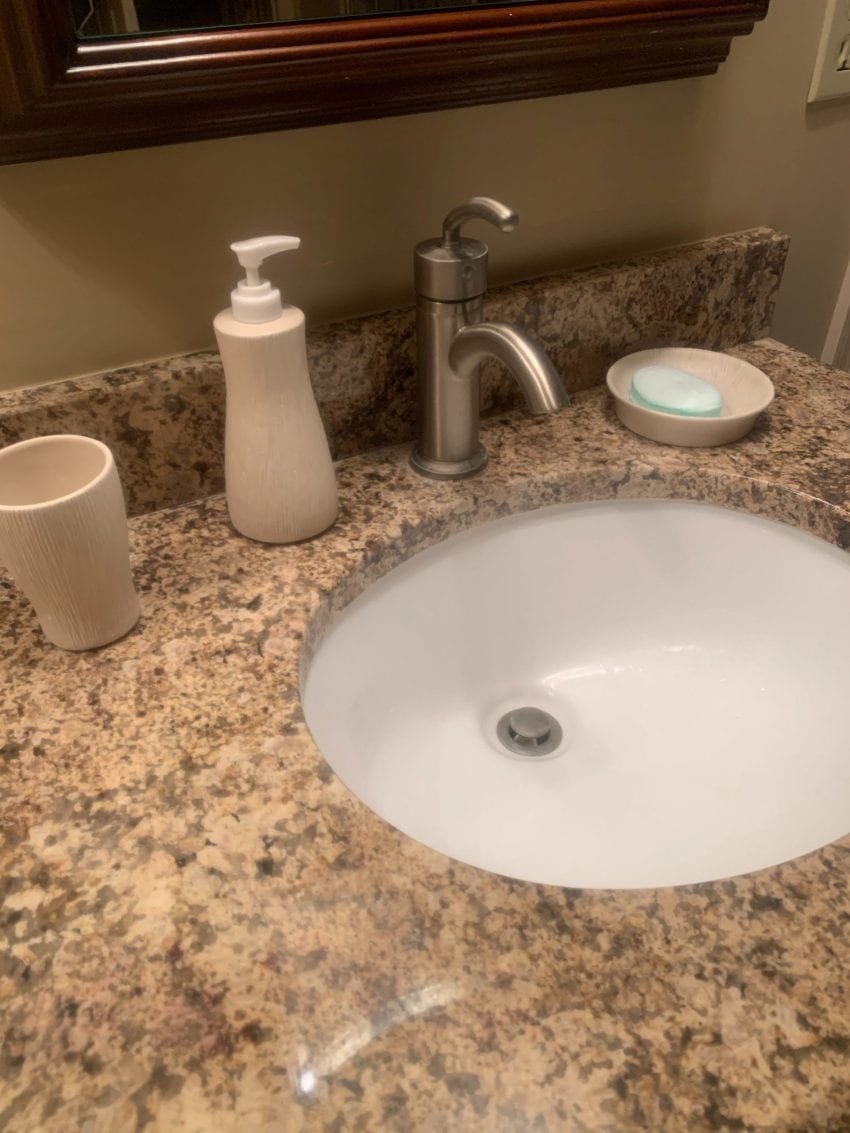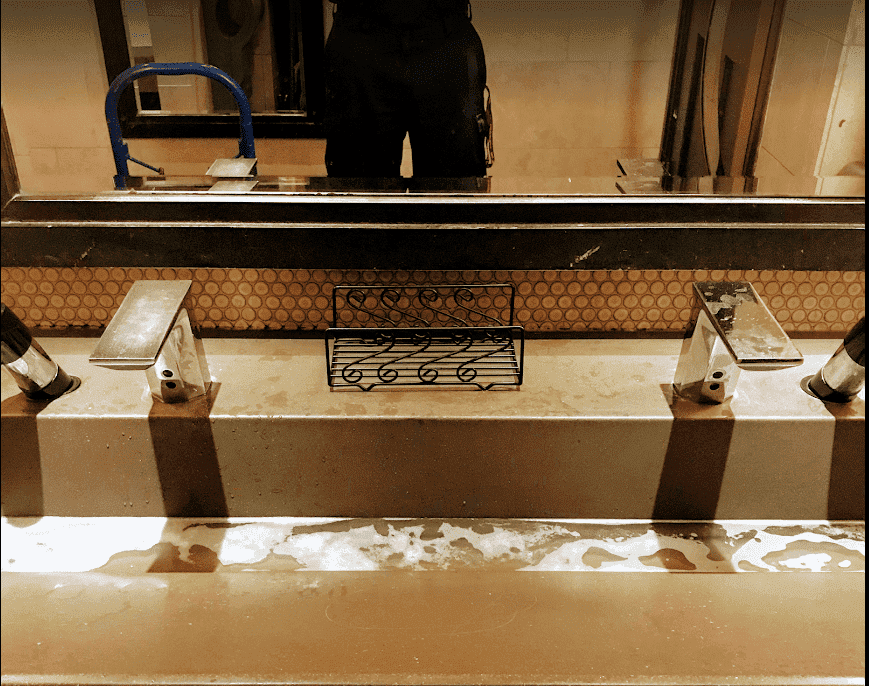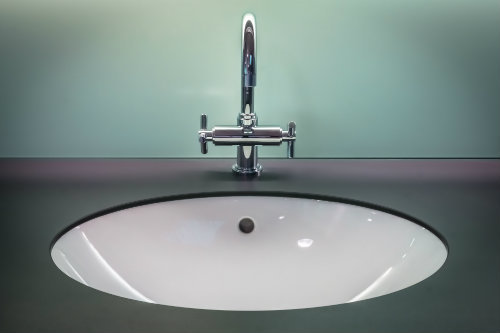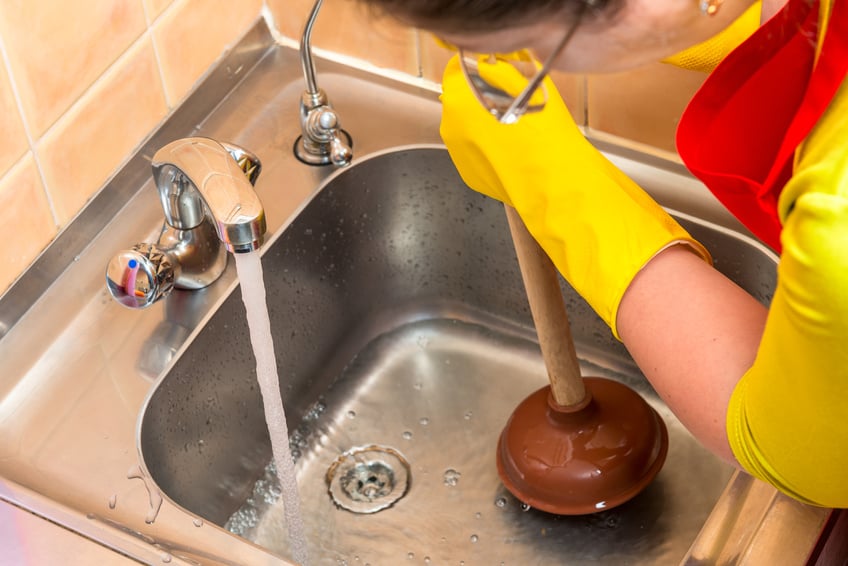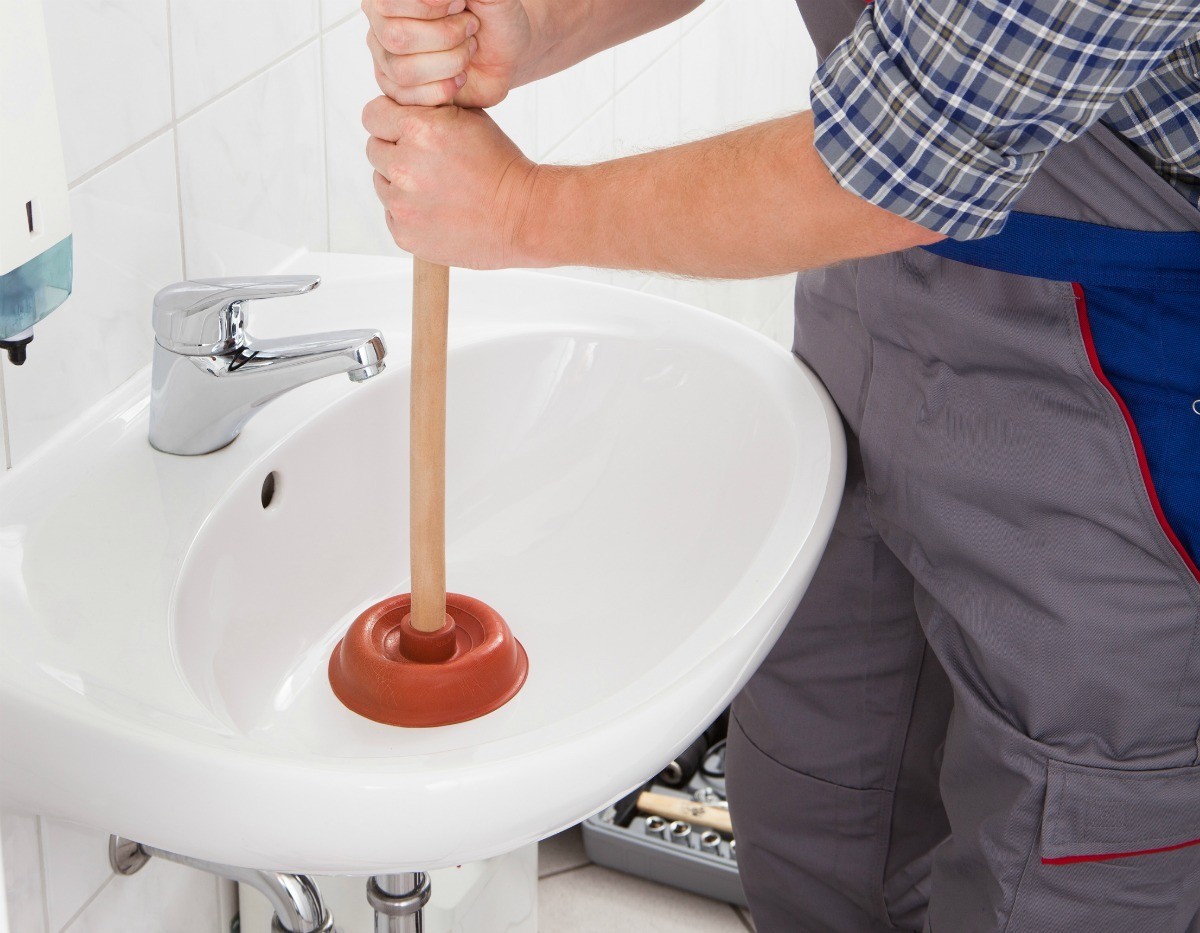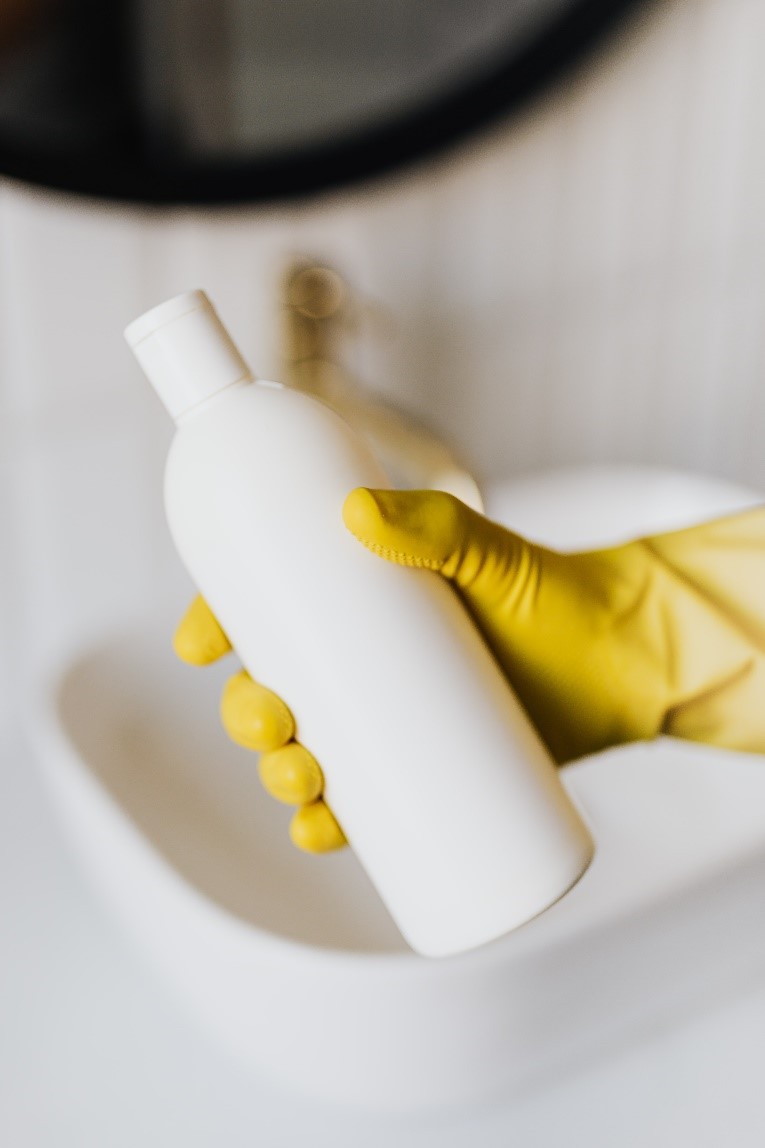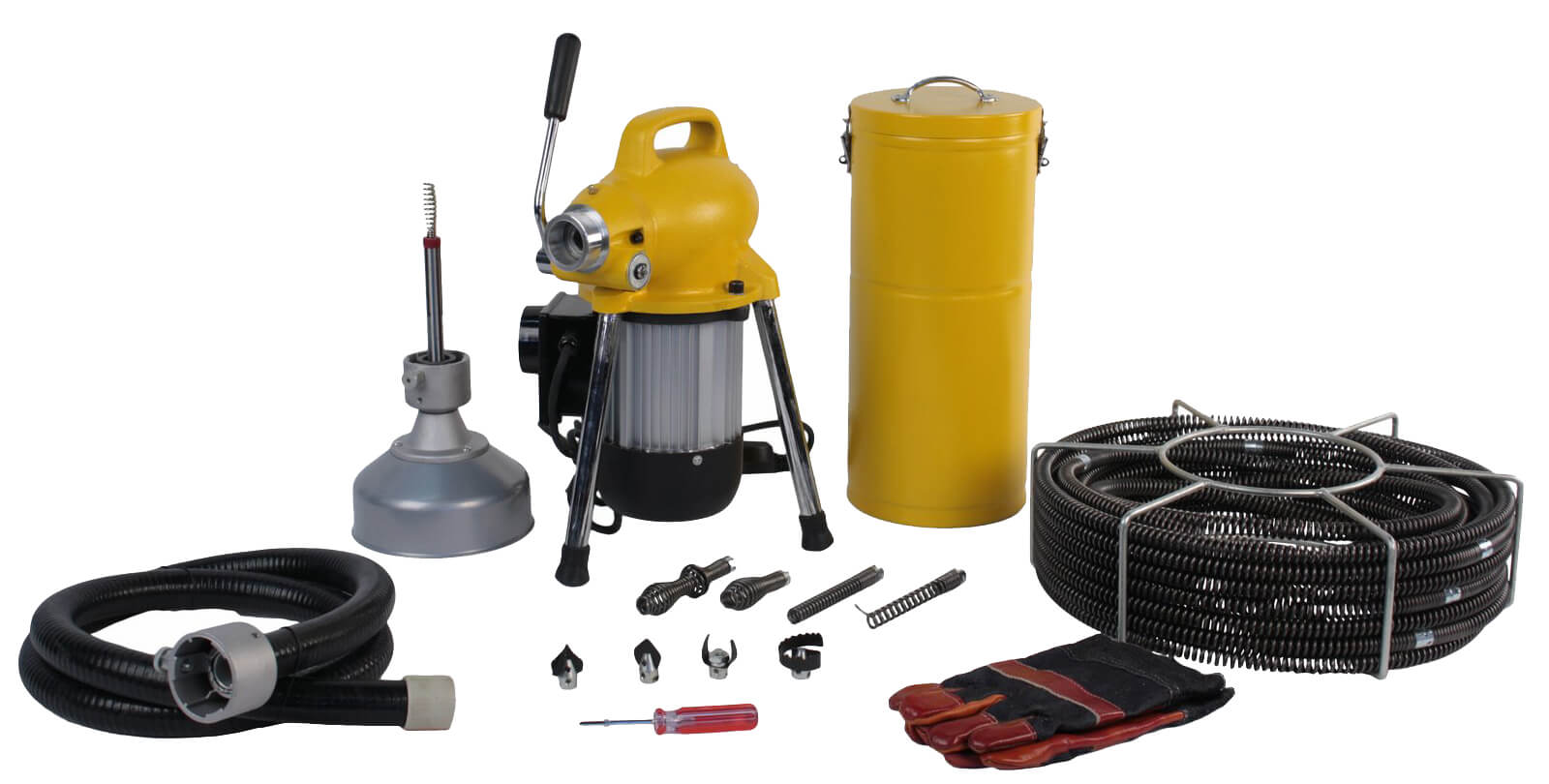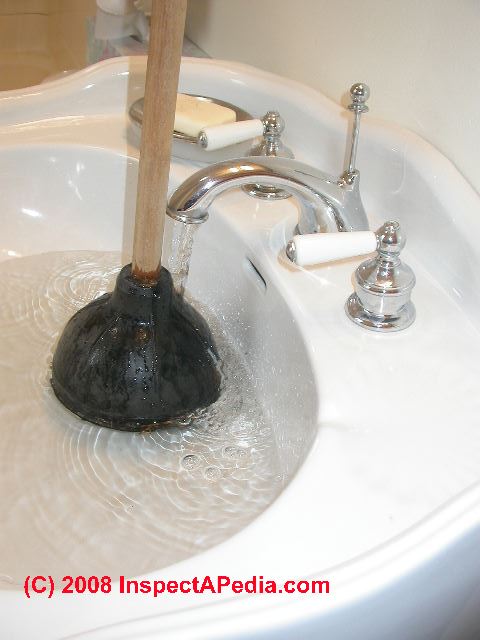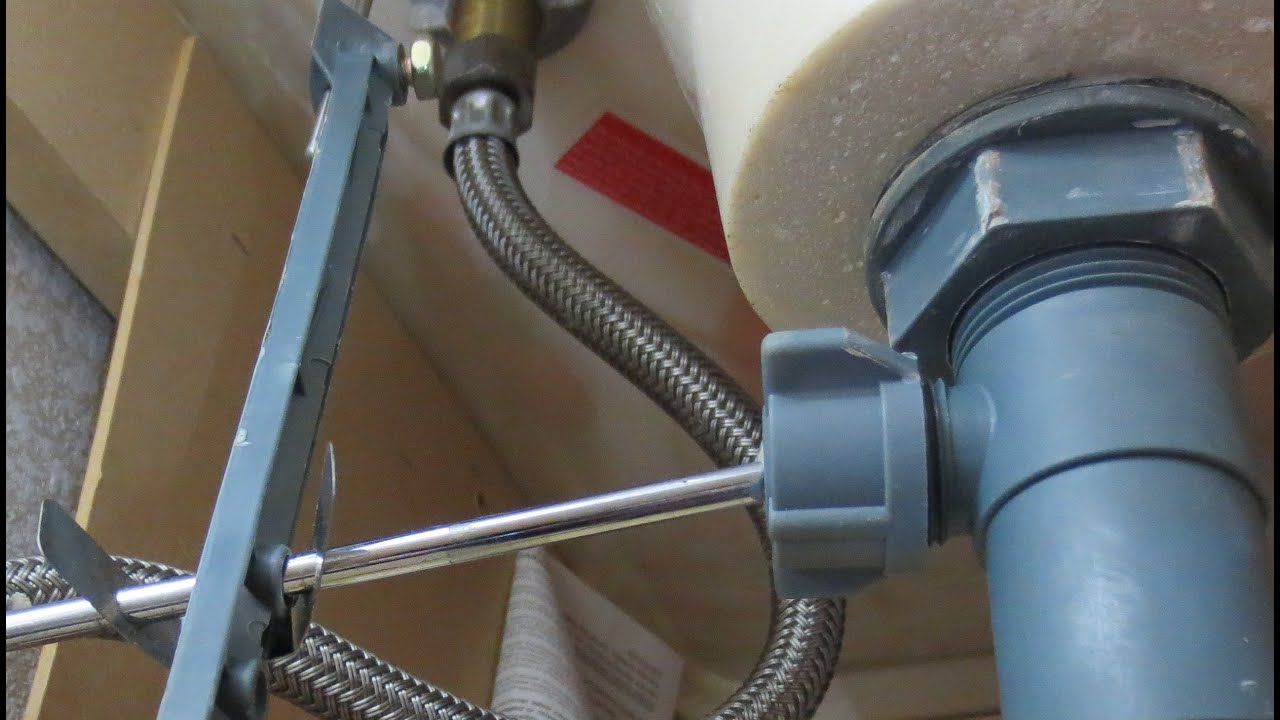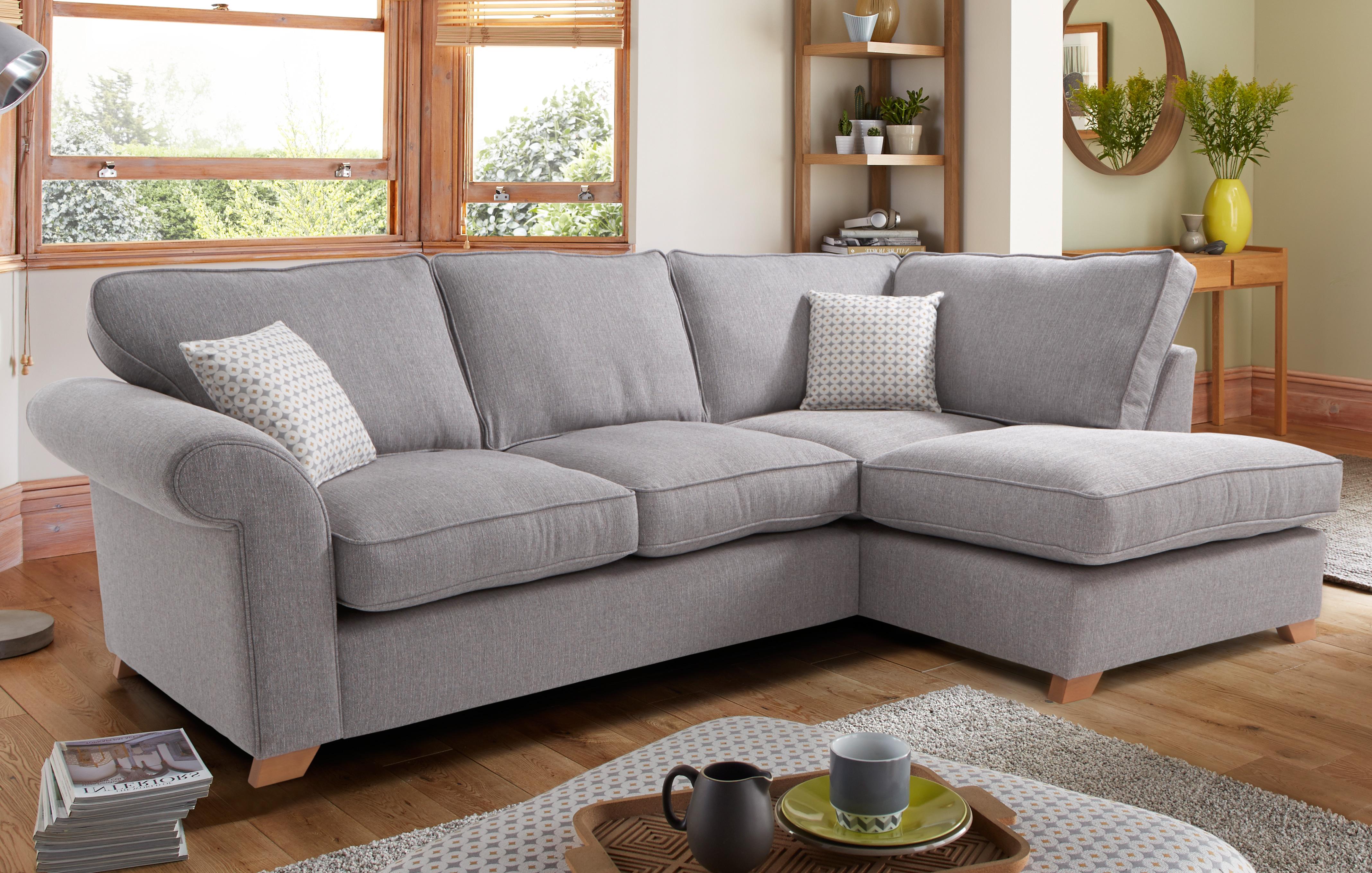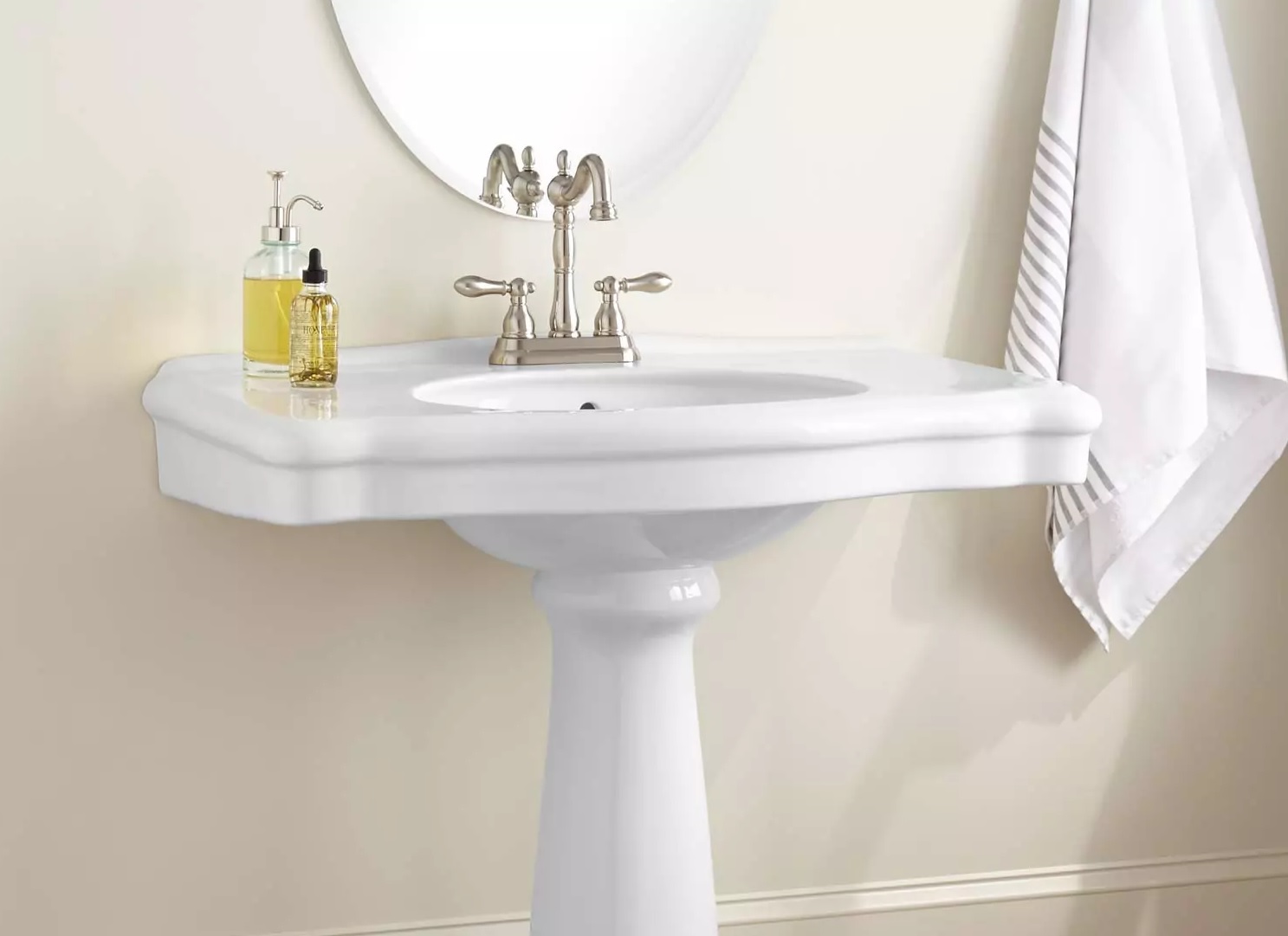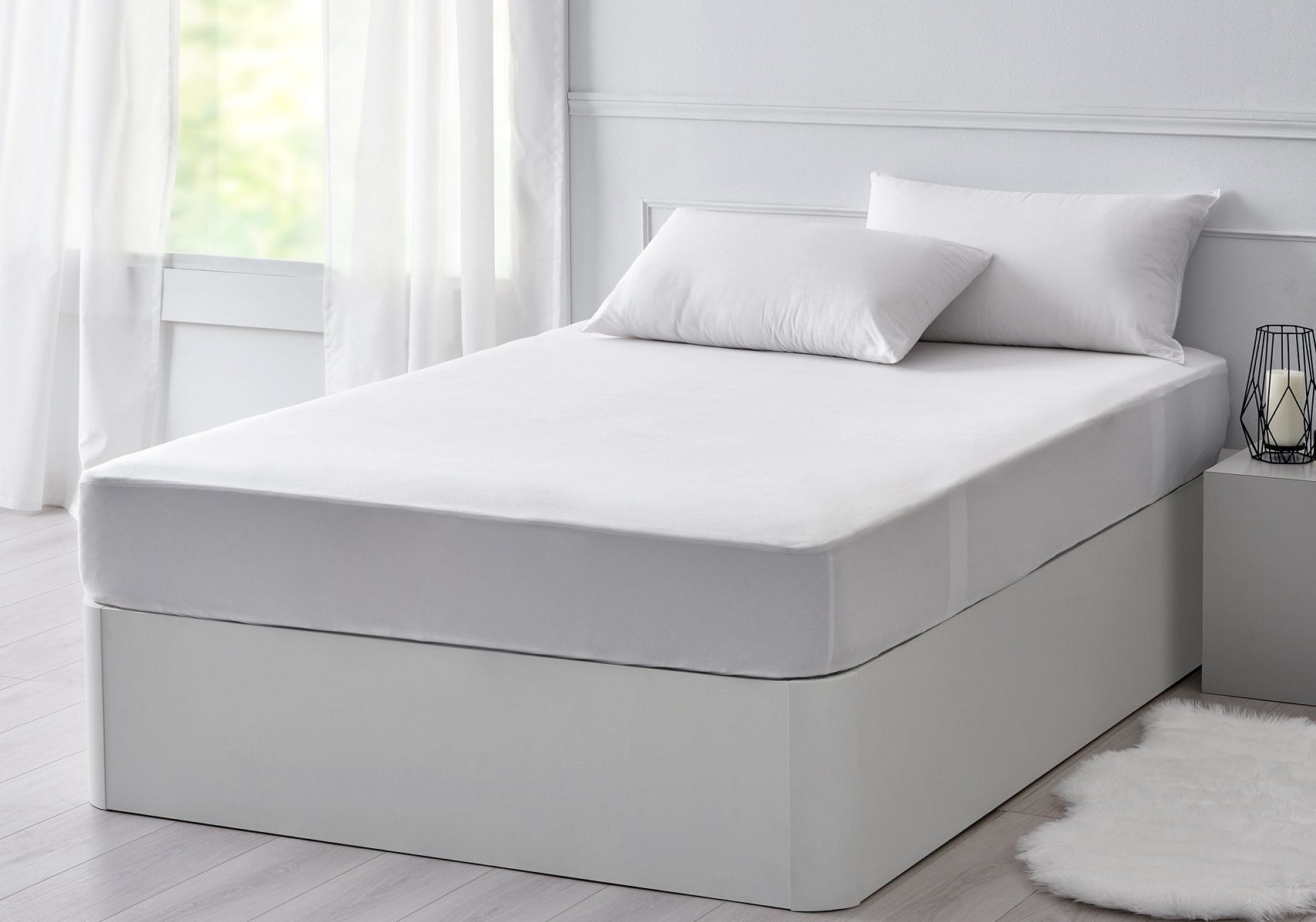If you've ever experienced a clogged bathroom sink, you know how frustrating it can be. Not only does it prevent you from using the sink, but it can also cause unpleasant odors and even lead to water damage if left untreated. That's why it's important to know how to unclog a bathroom sink and keep it clean to avoid future clogs.Unclogging a Bathroom Sink
When faced with a clogged bathroom sink, the first step is to remove any debris that may be blocking the drain. This can be done by using a pair of gloves and manually pulling out any hair, soap scum, or other gunk that may be causing the clog. If the blockage is too far down the drain, you can use a drain snake or plunger to try and dislodge it.How to Clean a Clogged Bathroom Sink
If the clog persists, there are several DIY methods you can try before calling a professional. One popular method is using a mixture of baking soda and vinegar. Simply pour a cup of baking soda down the drain, followed by a cup of vinegar. Let it sit for 15-20 minutes before flushing with hot water. The chemical reaction between the two ingredients can help break down and dissolve the clog.DIY Bathroom Sink Cleaning
Hair is one of the main culprits for clogged bathroom sinks, especially if you have long hair or share the bathroom with someone who does. To prevent hair from going down the drain, you can use a hair catcher or drain cover. But if it's too late and your sink is already clogged, you can use a bent wire hanger to fish out any hair that may be causing the blockage.Removing Hair from a Clogged Bathroom Sink
If you prefer to use natural methods instead of harsh chemicals, there are a few options you can try. One is using a mixture of salt and baking soda, followed by hot water, to break down the clog. Another is pouring boiling water down the drain, followed by a cup of vinegar and half a cup of salt. Let it sit for a few minutes before flushing with hot water.Natural Ways to Unclog a Bathroom Sink
Baking soda and vinegar are a powerful combination when it comes to unclogging and cleaning bathroom sinks. Not only can they break down and dissolve clogs, but they can also help eliminate any odors caused by the blockage. You can also use this mixture regularly to keep your sink clean and prevent future clogs.Using Baking Soda and Vinegar to Clean a Clogged Bathroom Sink
The best way to deal with a clogged bathroom sink is to prevent it from happening in the first place. This includes being mindful of what goes down the drain, regularly cleaning and maintaining the sink, and using a hair catcher or drain cover. You can also pour hot water down the drain once a week to help prevent any buildup.Preventing Clogged Bathroom Sinks
Having the right tools can make a world of difference when it comes to unclogging a bathroom sink. Some essential tools to have on hand include a plunger, drain snake, bent wire hanger, and a wet/dry vacuum. These can help dislodge and remove any blockages that may be causing the clog.Tools for Cleaning a Clogged Bathroom Sink
If all else fails, it may be time to call in the professionals. A plumber or drain cleaning service will have the necessary tools and expertise to unclog your bathroom sink and get it back to working properly. They can also provide tips on how to prevent future clogs.Professional Drain Cleaning for Bathroom Sinks
A slow draining bathroom sink may not be fully clogged, but it can still be a nuisance. To fix this issue, you can try some of the DIY methods mentioned earlier or use a commercial drain cleaner. You can also remove the pop-up stopper and clean it to remove any buildup that may be causing the slow drain. In conclusion, a clogged bathroom sink is a common household problem that can be easily fixed with the right knowledge and tools. By regularly cleaning and maintaining your sink, being mindful of what goes down the drain, and using the proper unclogging methods, you can keep your bathroom sink clean and functioning properly. And if all else fails, don't hesitate to call in the professionals for help. A clean and unclogged bathroom sink is not only essential for hygiene and convenience, but it can also help prevent costly repairs in the future.How to Fix a Slow Draining Bathroom Sink
Clogged Bathroom Sink? Here's How to Clean It Easily

A Quick Guide to Keeping Your Bathroom Sink Clean and Functional
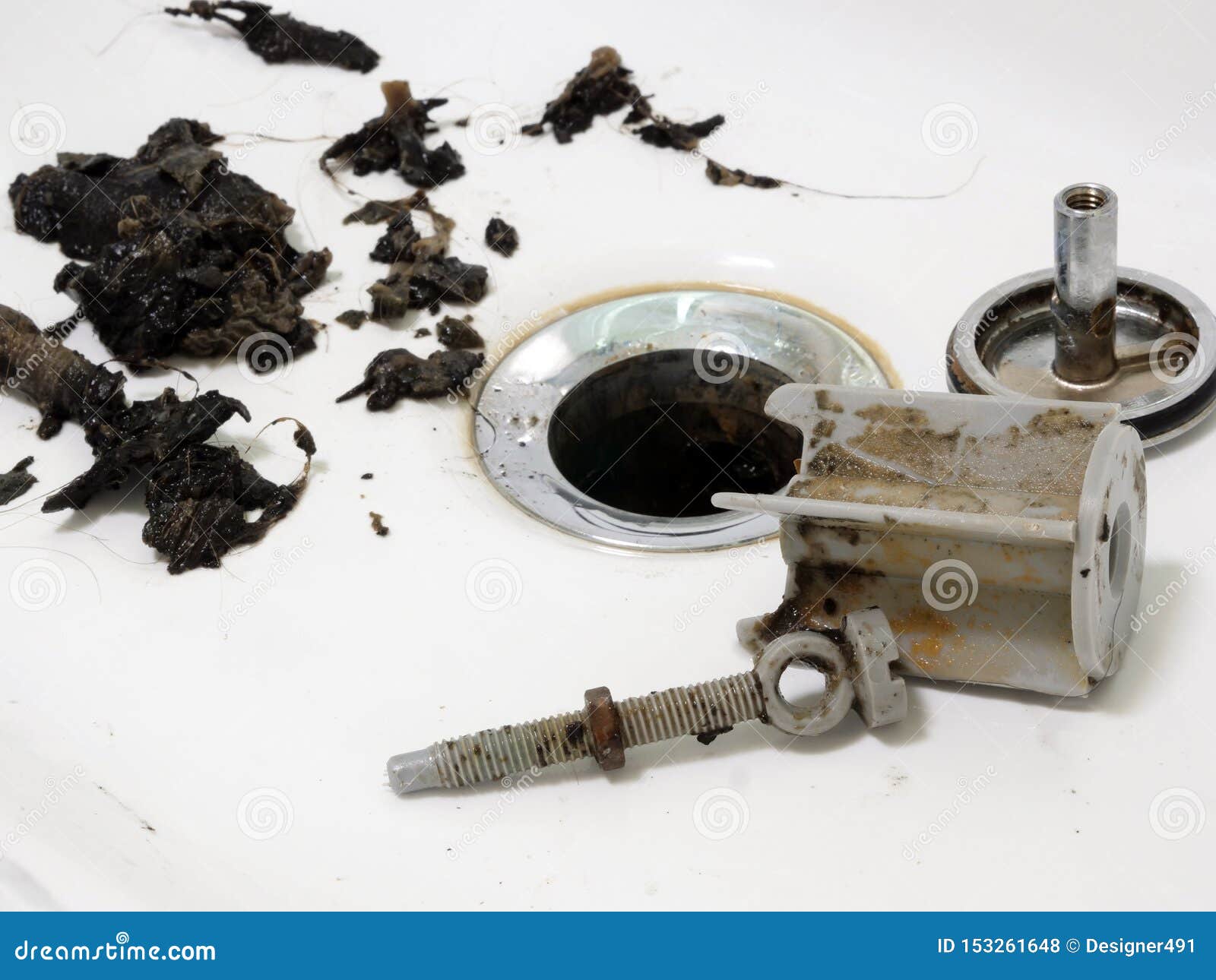 If you've ever experienced a clogged bathroom sink, you know how frustrating it can be. Not only does it disrupt your daily routine, but it can also be a breeding ground for bacteria and unpleasant odors. But fear not, with a few simple steps, you can easily clean your clogged bathroom sink and prevent future blockages. Here's how.
1. Identify the Cause of the Clog
The first step in cleaning a clogged bathroom sink is to determine what is causing the blockage. It could be hair, soap scum, toothpaste, or other debris. Knowing the cause will help you choose the most effective method for unclogging your sink.
2. Use a Plunger
A plunger is a handy tool for unclogging a bathroom sink. First, remove the drain stopper and fill the sink with enough water to cover the rubber part of the plunger. Then, place the plunger over the drain and push up and down several times. This will create suction and dislodge the clog.
3. Try a Homemade Solution
If the plunger doesn't work, you can try using a homemade solution to break up the clog. Mix equal parts baking soda and vinegar and pour it down the drain. Let it sit for 15-20 minutes, then follow with boiling water to flush out the clog.
4. Use a Drain Snake
For tougher clogs, a drain snake or auger can be used to physically remove the blockage. Insert the snake into the drain and twist it while pushing it through the pipes. This will help break up and remove any debris causing the clog.
5. Prevent Future Clogs
To avoid dealing with a clogged bathroom sink in the future, there are a few preventative measures you can take. Use a drain strainer to catch hair and debris, and avoid pouring grease or oil down the sink. Regularly cleaning and flushing your drain with hot water can also help prevent clogs.
Conclusion
A clogged bathroom sink can be a hassle, but with these simple tips, you can easily clean and unclog it. Remember to identify the cause, use the right tools and solutions, and take preventative measures to keep your bathroom sink functioning properly.
If you've ever experienced a clogged bathroom sink, you know how frustrating it can be. Not only does it disrupt your daily routine, but it can also be a breeding ground for bacteria and unpleasant odors. But fear not, with a few simple steps, you can easily clean your clogged bathroom sink and prevent future blockages. Here's how.
1. Identify the Cause of the Clog
The first step in cleaning a clogged bathroom sink is to determine what is causing the blockage. It could be hair, soap scum, toothpaste, or other debris. Knowing the cause will help you choose the most effective method for unclogging your sink.
2. Use a Plunger
A plunger is a handy tool for unclogging a bathroom sink. First, remove the drain stopper and fill the sink with enough water to cover the rubber part of the plunger. Then, place the plunger over the drain and push up and down several times. This will create suction and dislodge the clog.
3. Try a Homemade Solution
If the plunger doesn't work, you can try using a homemade solution to break up the clog. Mix equal parts baking soda and vinegar and pour it down the drain. Let it sit for 15-20 minutes, then follow with boiling water to flush out the clog.
4. Use a Drain Snake
For tougher clogs, a drain snake or auger can be used to physically remove the blockage. Insert the snake into the drain and twist it while pushing it through the pipes. This will help break up and remove any debris causing the clog.
5. Prevent Future Clogs
To avoid dealing with a clogged bathroom sink in the future, there are a few preventative measures you can take. Use a drain strainer to catch hair and debris, and avoid pouring grease or oil down the sink. Regularly cleaning and flushing your drain with hot water can also help prevent clogs.
Conclusion
A clogged bathroom sink can be a hassle, but with these simple tips, you can easily clean and unclog it. Remember to identify the cause, use the right tools and solutions, and take preventative measures to keep your bathroom sink functioning properly.



















:max_bytes(150000):strip_icc()/freshen-and-unclog-drain-with-baking-soda-1900466-18-1a5b5da01939471ca8f8823865bd1ce8.jpg)








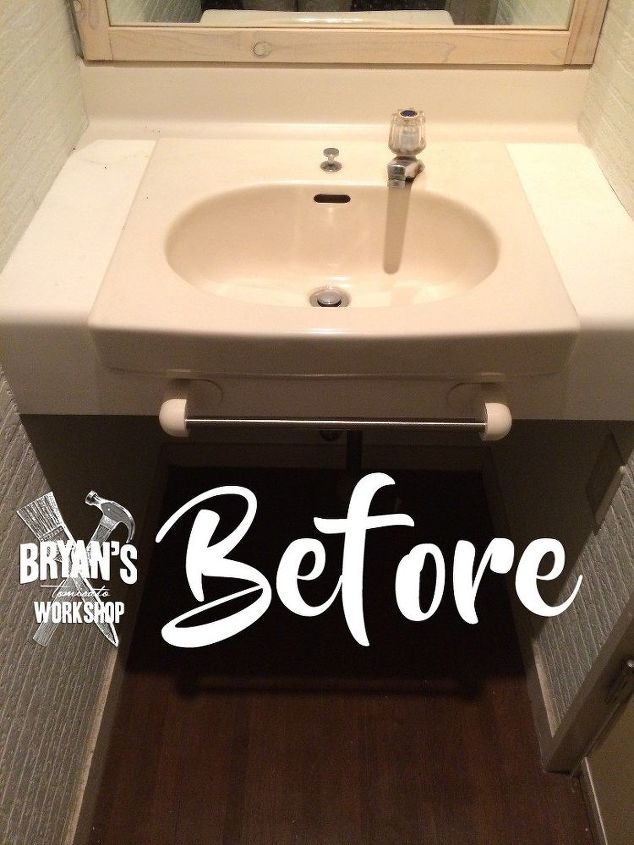
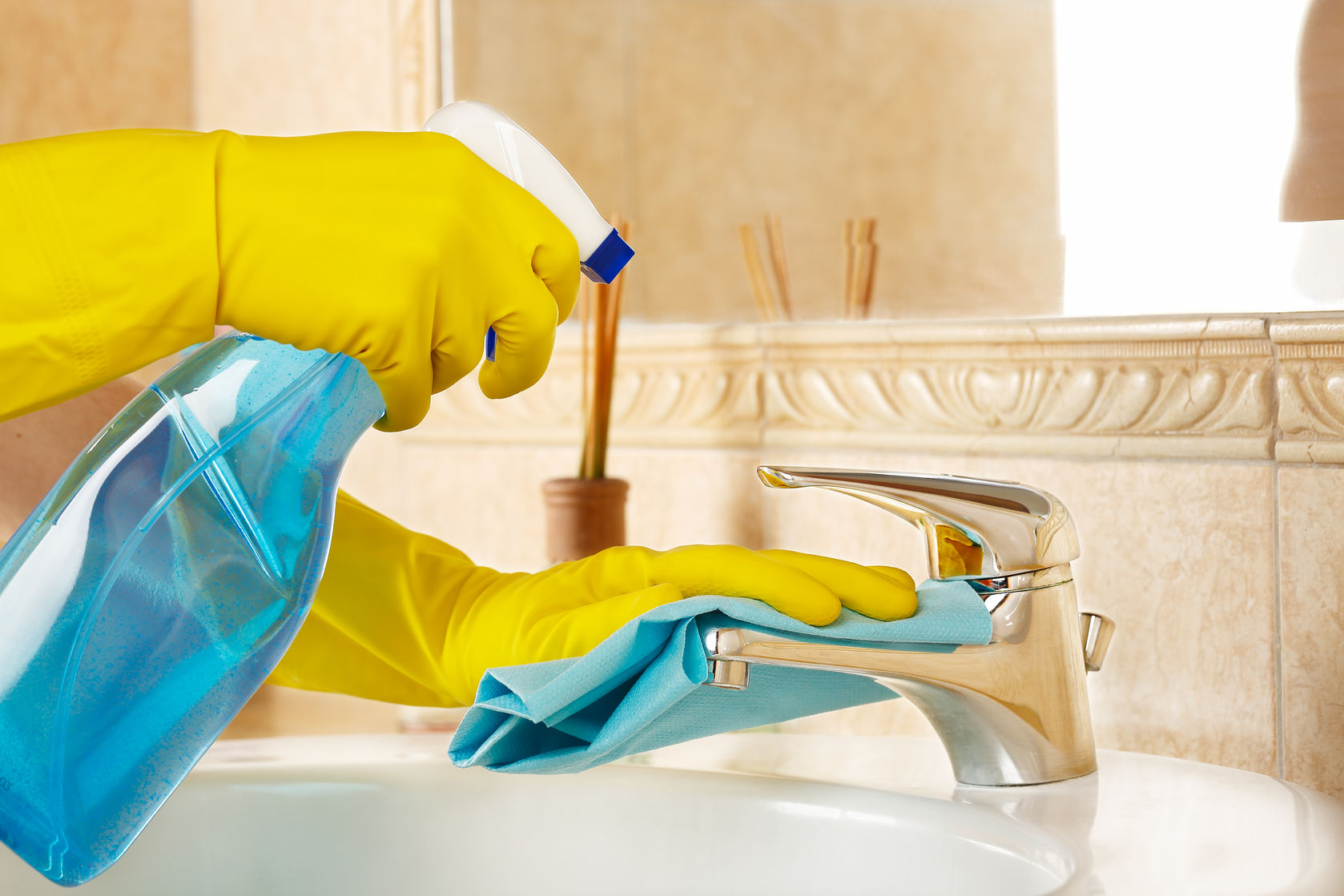
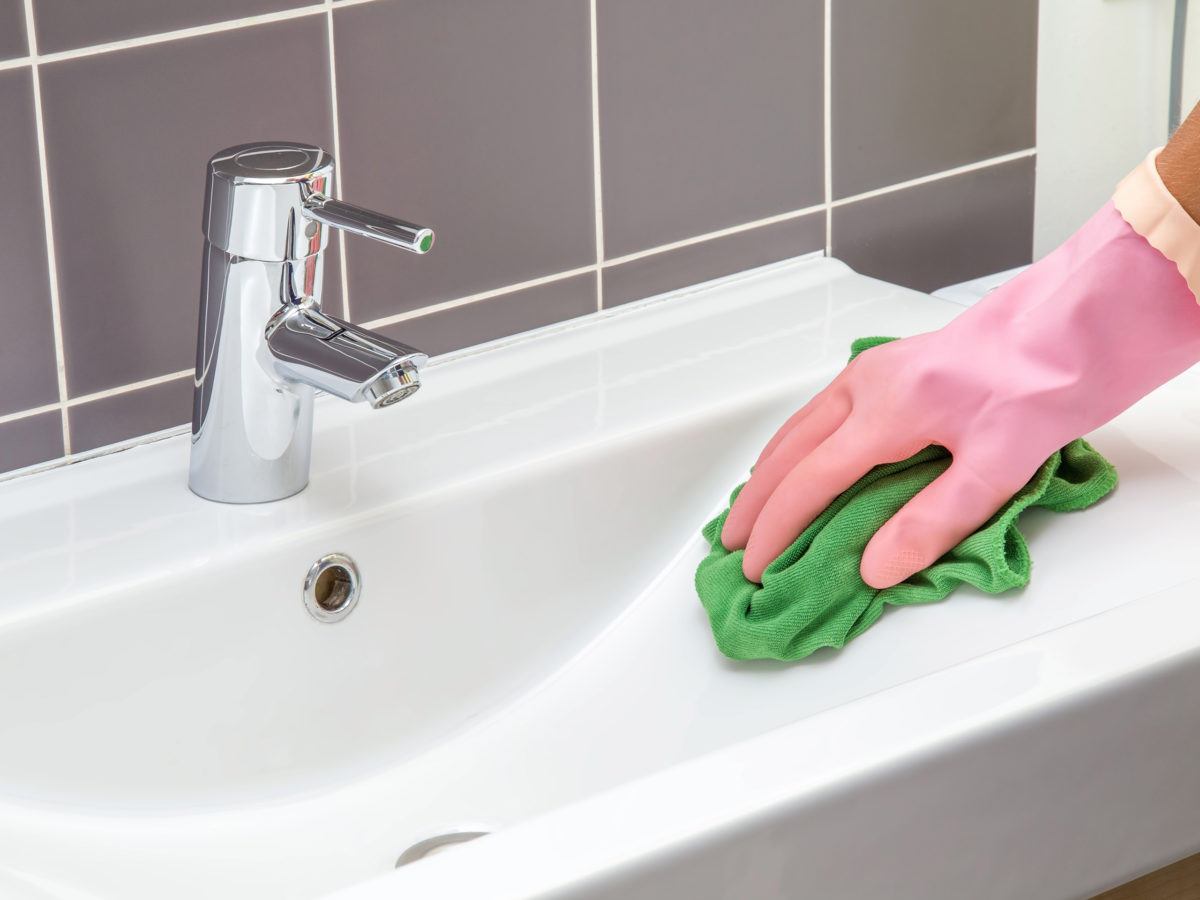
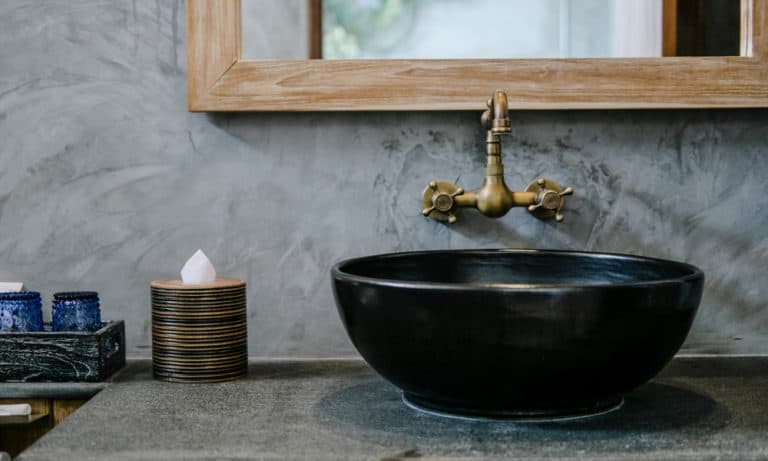
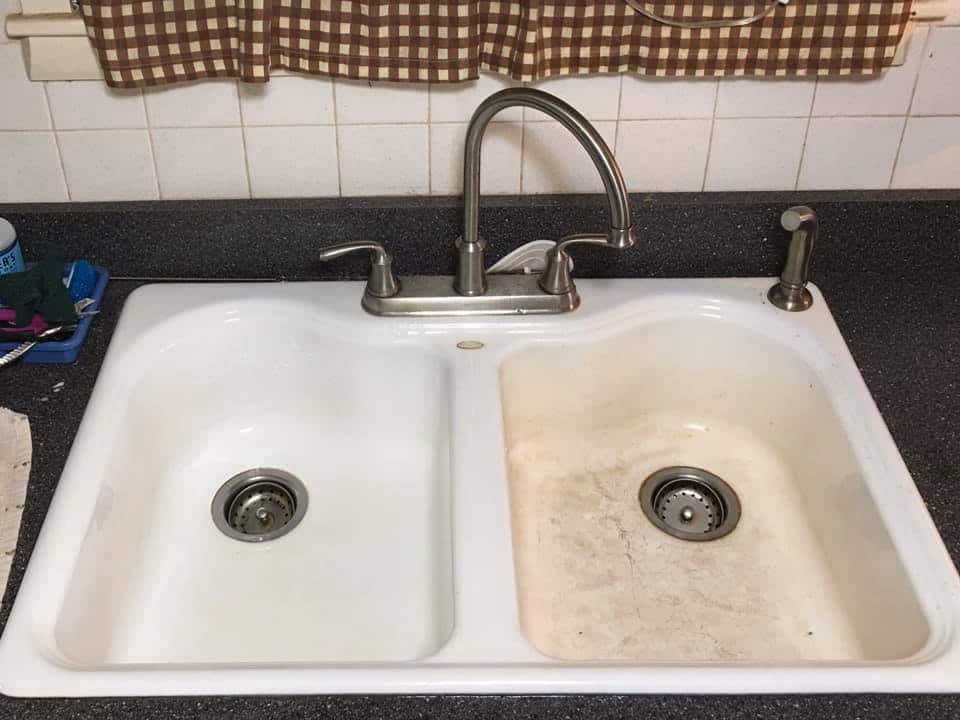
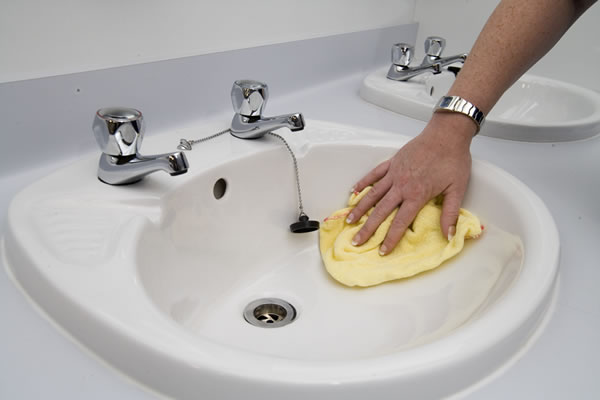
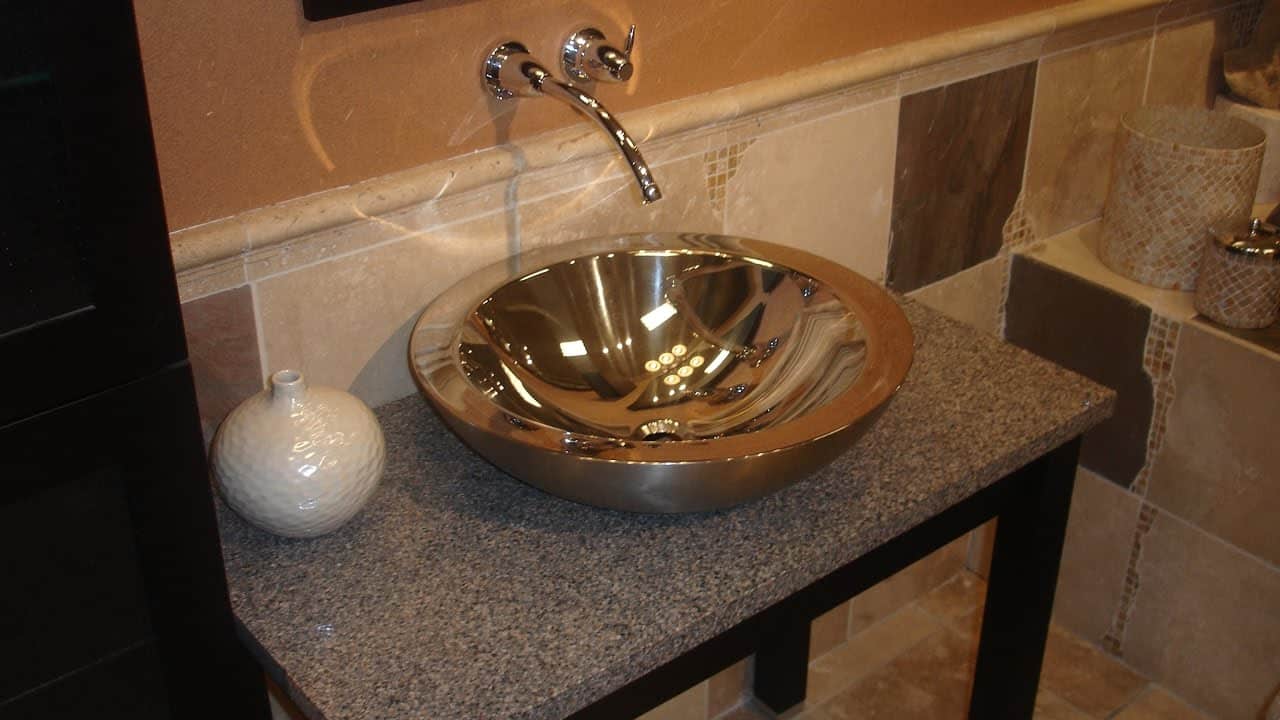




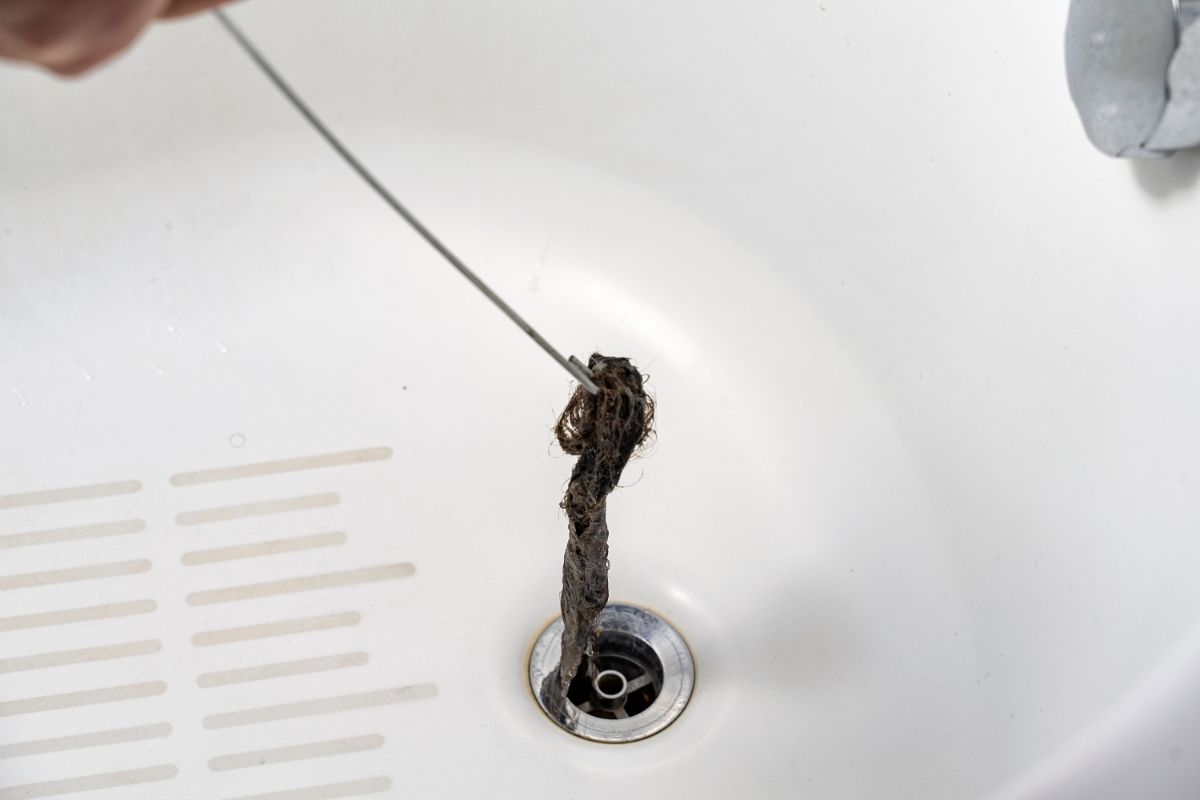

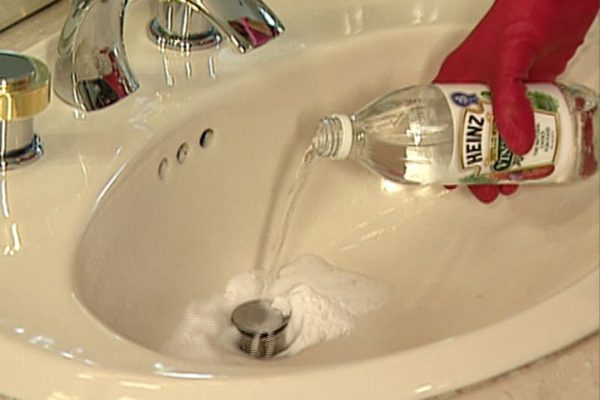







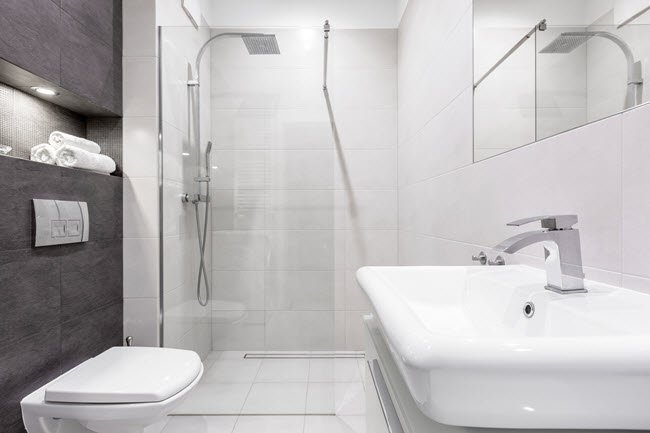
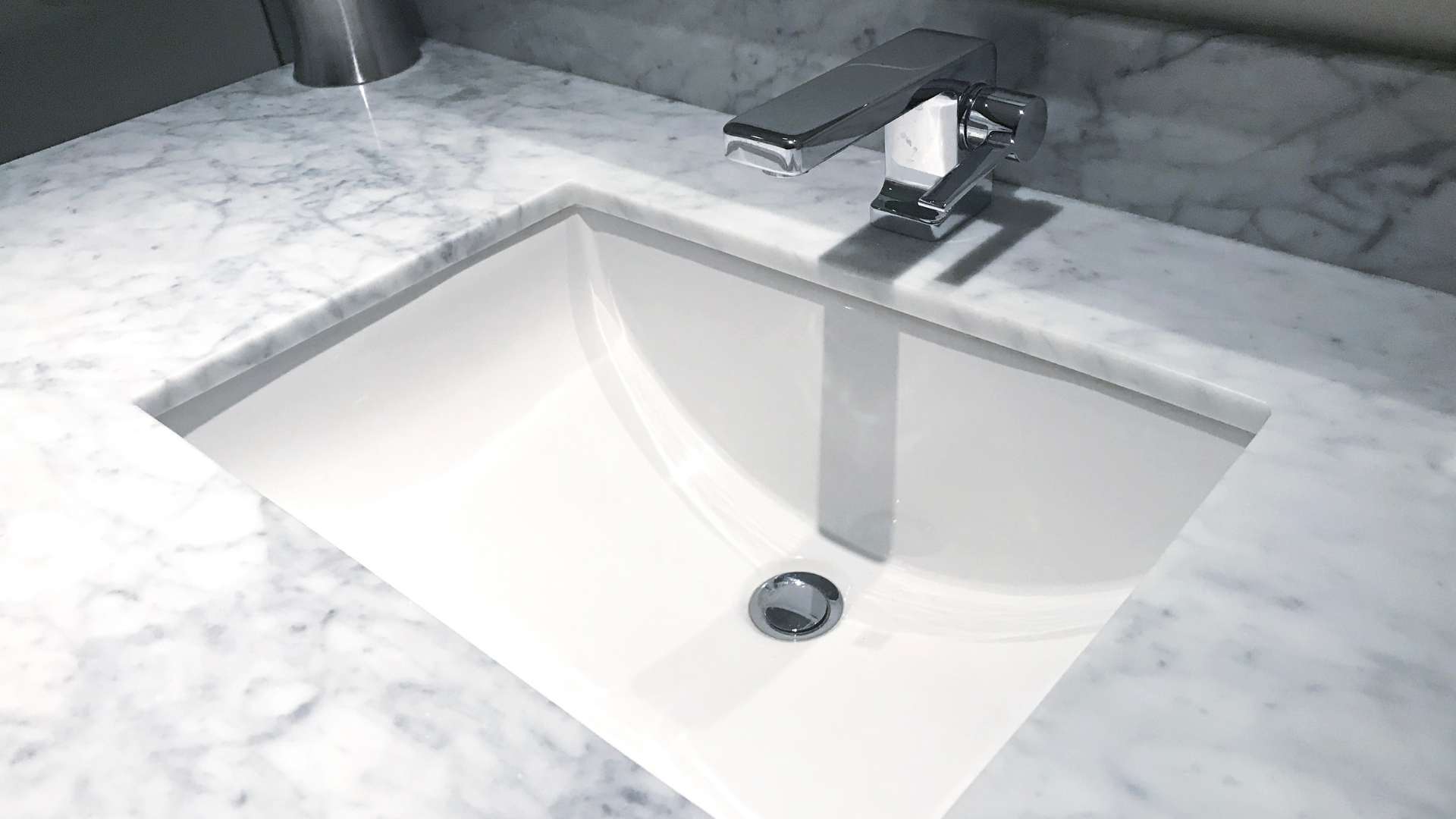
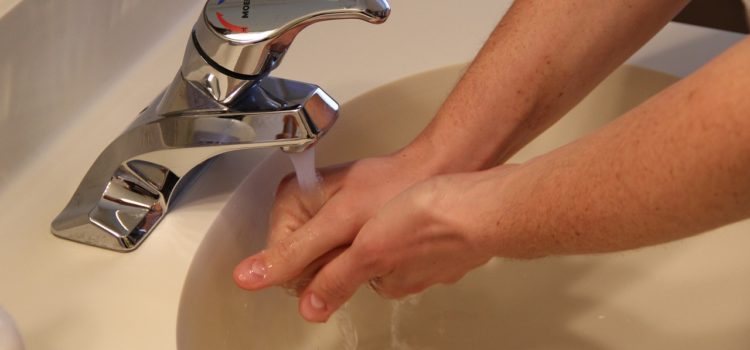





:max_bytes(150000):strip_icc()/freshen-and-unclog-drain-with-baking-soda-1900466-22-bbf940b70afa4d5abef0c54da23b1d3f.jpg)
